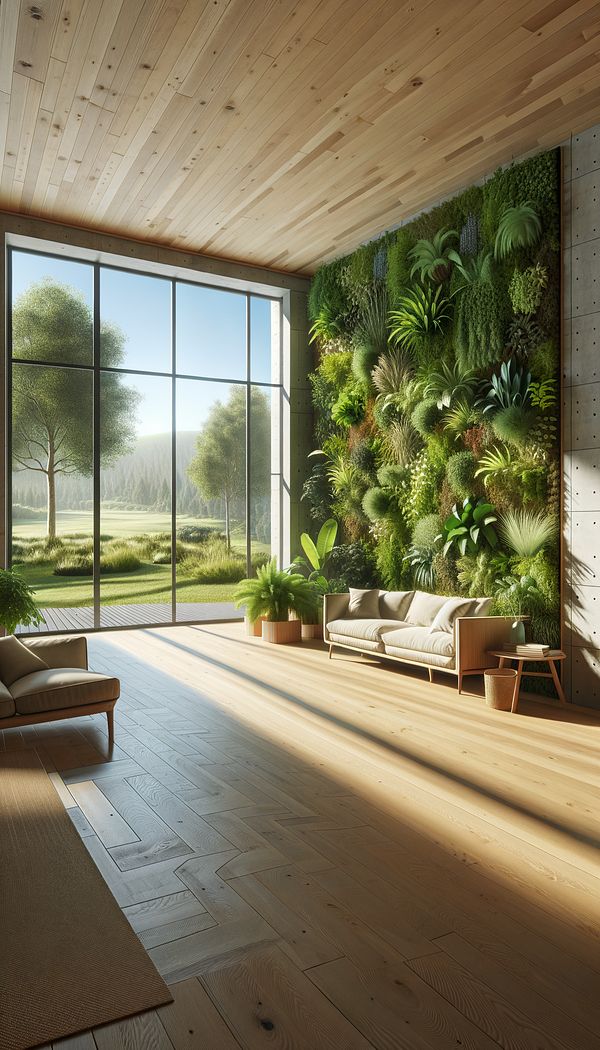What is Biophilic Design?
Biophilic Design is an approach to architecture and interior design that seeks to connect building occupants more closely to nature.
Description
Biophilic Design is a creative extension of biophilia, a term popularized by American biologist E.O. Wilson in the 1980s, referring to the inherent human inclination to affiliate with nature. This design philosophy integrates natural elements such as light, water, vegetation, natural materials, and views of nature into the built environment, seeking not just to incorporate them aesthetically but in ways that create meaningful interactions between humans and nature.
The goal of Biophilic Design is to enhance connectivity to the natural environment through the use of direct nature, indirect nature, and space and place conditions. Direct nature includes physical presence of plants, water, and animals, whil...
Usage
In an office space, Biophilic Design can manifest as floor-to-ceiling windows that provide views of the outdoor landscape, interior gardens, or the incorporation of natural materials like wood and stone in furniture and architectural details. In residential settings, it could include integrating plant walls, using natural light through strategically placed windows, or creating outdoor living spaces that encourage interaction with the natural surroundings.
FAQs
-
How does Biophilic Design benefit occupants?
Biophilic Design has been shown to improve mental and physical health, enhance creativity and productivity, and increase overall happiness and wellbeing by reducing stress, improving air quality, encouraging positive emotional interactions, and promoting a se...
-
Can Biophilic Design be applied in urban settings?
Absolutely. Even in densely populated urban environments, Biophilic Design principles can be applied through the incorporation of rooftop gardens, indoor vertical gardens, and the use of natural materials and patterns that mimic natural environments.
-
Is Biophilic Design expensive to implement?
The cost of implementing Biophilic Design can vary widely depending on the scope and scale of the project. Simple interventions like integrating plants or using natural materials can be relatively inexpensive, while more complex installations like living walls or advanced lighting systems that mimic natural light patterns can be more costly.
Practical Application
To apply Biophilic Design in your own space, start by incorporating more natural elements and materials into your interiors. This can include adding potted plants, utilizing natural wood or stone materials, maximizing natural light, and creating visual connections to outdoor spaces. Even small changes, like opening windows to allow for natural ventilation or using nature-inspired colors and textures, can bring the benefits of Biophilic Design into your home or workplace.
-
Architectural Elements199 articles
-
Design Styles478 articles
-
Materials & Textiles360 articles
-
Sustainability & Eco-Friendly Design69 articles
-
CoastalCoastal is an interior design style that is inspired by the look and feel of a beach and ocean.
-
Tuxedo ArmsTuxedo Arms are a distinctive style of armrest found on some sofas and chairs, characterized by their high, straight profile that aligns with the back of the furniture.
-
LacquerLacquer is a clear or colored varnish that dries by solvent evaporation to produce a hard, durable finish.
-
BowfrontBowfront refers to a piece of furniture that has a curved front.
-
Window TreatmentWindow treatment refers to the decoration and functionality added to windows.
